7.26.23
Take a tour of four WSU “off campus” facilities

No outliers to learning, research and service, these off-the-main campus university facilities count among Wichita State’s network of labs, clinics and studios that signal all kinds of interactions, using every type of bandwidth known. Enjoy a tour of these four centers:
KMUW, 121 N. Mead, downtown, Wichita 89.1 National Public Radio (NPR) member station
This NPR member station is an outreach service of Wichita State and has served the community for more than 70 years. KMUW produces 14 local newscasts each weekday and regular in-depth news features. Debra Fraser is the station’s general manager.
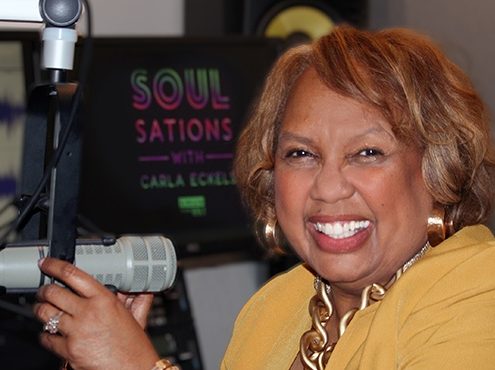
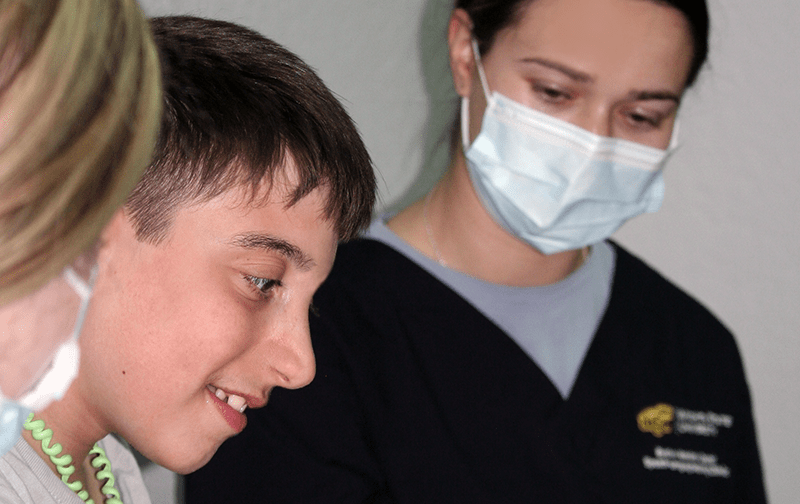
Evelyn Hendren Cassat Speech-Language-Hearing Clinic, Hughes Metropolitan Complex, Department of Communication Sciences and Disorders (CSD)
Open to the public and faculty, staff and students at Wichita State, the speech-language-hearing clinic provides services for speaking, hearing, swallowing, and spoken and written language impairments. Clinic professionals – including Doug Parham, CSD associate professor, chair and program director, and Ashley Purdum ’06/08, CSD associate clinical professor and clinic director – also oversee programs and support groups for aphasia, autism, fluency, literacy and more.
Shocker Studios, WSU South, 3805 E. Harry, School of Art, Design and Creative Industries
This state-of-the-art production facility, headed by Justin Rorabaugh ’08, WSU School of Digital Arts director, maximizes creative collaboration between students, faculty and industry professionals who all can gain access to more than 35,000-square-feet of specialized film, TV, sound and animation editing and production space.
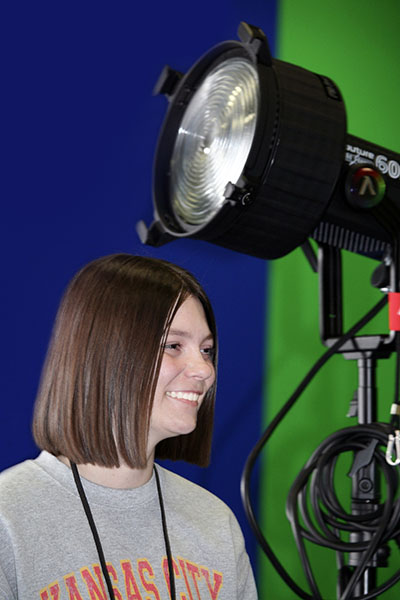

WERX, 4174 S. Oliver, National Institute for Aviation Research (NIAR)
Manned by some 500 program managers, engineers, contractors, technicians and paid applied learning students, NIAR’s WERX – overseen by Allison Bonitati, program director, and housed in hangars on a Wichita site long known for excellence in aircraft research, testing, design and production – specializes in the development of engineering and testing plans for new aircraft, modifications/repair/overhaul and electrical components.
Take our off-campus tour

Communication Sciences and Disorders grad students gain clinical experience
Graduate students, from left in the photo above, Jesika Gooch ’21, Emilee Roberts ’22, Katie Stanford ’22 and Maddie Rondeau ’22 give their focused attention to Ryland, in the photo at right, who is a client at the Evelyn Hendren Cassat Speech-Language-Hearing Clinic.
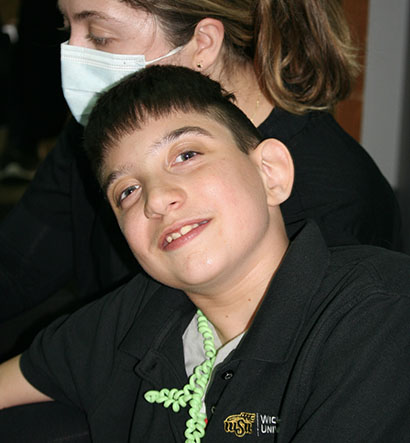
Ryland is autistic, explains Terese Conrad ’90, who is the clinical CSD professor who oversees Ryland’s treatment plan. In addition to working with Gooch, Roberts, Stanford, Rondeau and other grad students, Conrad collaborates with campus colleagues across disciplines to develop tools to help Ryland and other clinic clients communicate more effectively.
One such collaboration, Conrad says, is with WSU College of Engineering faculty and students who are building a communications device for Ryland to use, a Radio Frequency Identification (RFID) board, to be precise. Samantha Corcoran ’04/10, associate educator of engineering technology, is the faculty adviser for this “Team Ryland” project.
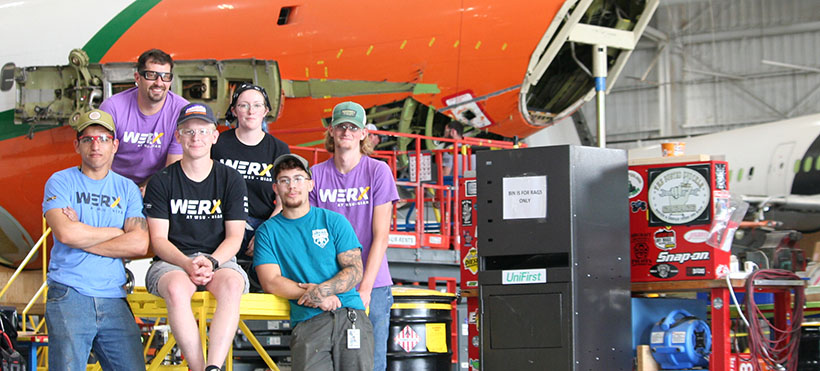
Shocker students work alongside faculty and industry pros at WERX
Shorthand for “work project,” WERX, which at Wichita State is the name of the NIAR program based out of the former Boeing Air Force One modification facilities near McConnell Air Force Base in south Wichita, offers a huge array of projects for WSU students to work on alongside faculty and industry pros.
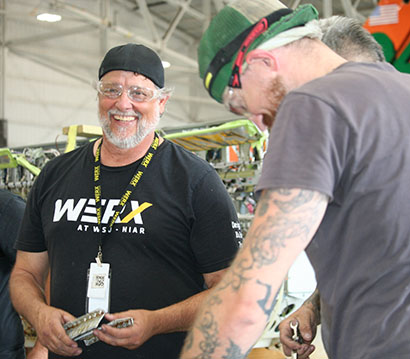
With more than 100 technicians on site to anchor WERX’s maintenance, repair and operations (MRO) team, one of those projects, begun in 2021, is the passenger-to-freighter (P2F) conversion and modification of various Boeing and Airbus aircraft for Erickson Aero Tanker, a subsidiary company of Erickson Precision Ventures.
The full WERX workforce, over 500 strong, performs structure and subsystems design; stress, fatigue, damage tolerance; avionics, electrical and mechanical systems; flight sciences, external loads, structural dynamics; Powerplant; and airworthiness certification — with more than 250,000 square-feet of hangar work space available.

Shocker Studios houses WSU’s applied arts bachelor’s degree program
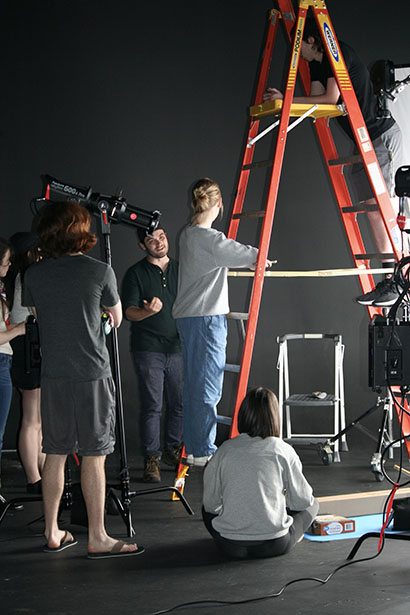
This 35,000-square-foot media arts production center boasts computer labs, general classrooms, collaboration spaces and studios for recording, virtual reality, film, design, clay modeling, animation, motion capture and an industry-leading editing suite – not to mention hallways emboldened with eye-popping murals.
The facility is an appropriate home for Wichita State’s undergraduate media arts degree program, which was approved in 2017 by the Kansas Board of Regents with original degree concentrations in animation, audio production, filmmaking and game design. Enrollment for the Bachelor of Applied Arts in Media Arts degree program that first year hit 97 students. The program has since grown to attract more than 450 students and expanded its concentration areas to include acting for the digital arts and collaborative design.
“One of the major components of our degree program,” says Justin Rorabaugh ’08, director of the School of Digital Arts, which is one of four schools within the College of Fine Arts, “is the applied learning aspect. All students in the school are required to complete three different semesters and levels of practicum work. This is all hands-on, production-based.”
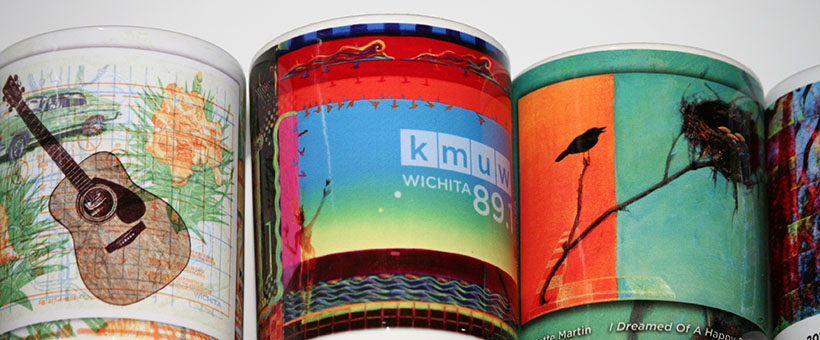
Hostful of Shocker radio personalities found their voices at KMUW
KMUW general manager Debra Fraser, shown here in the photo at right, leads an NPR member station with an on-air history of 70 years and counting.

In addition to Carla Eckels ’84, director of organizational culture, host of the R&B and gospel series Soulsations and an award-winning announcer and news producer for KMUW since 1996, and Jedd Beaudoin ’01, award-winning writer and broadcaster who hosts and produces the nationally syndicated music series Strange Currency, KMUW has been the launching station for the careers of a whole host of Shocker radio personalities.
To mention just two: Mike Kennedy ’71, the voice of the Wichita State Shockers, has been calling the plays for a number of Shocker sports – which have included through the years baseball, football, basketball and volleyball – since beginning his announcing career as a student at KMUW, and the late great Thurston Briscoe ’74 (d. 2021) hosted classical and jazz shows at KMUW during his student days before going on to become a radio producer at NPR in Washington, D.C., and executive at WBGO in Newark, N.J.
KMUW began broadcasting in 1949 as the first 10-watt noncommercial FM station in the United States. In 1971, it joined the newly formed NPR network and, in 1987, increased its power to 100,000 watts, when the broadcast range was roughly 60 miles around Wichita. In 2007, KMUW built a new transmitter facility, which doubled the height of the station’s antenna and increased the reach of its radio signal. KMUW’s signal now reaches as far north as Salina, Kan., and as far south as Blackwell, Okla.
Share
